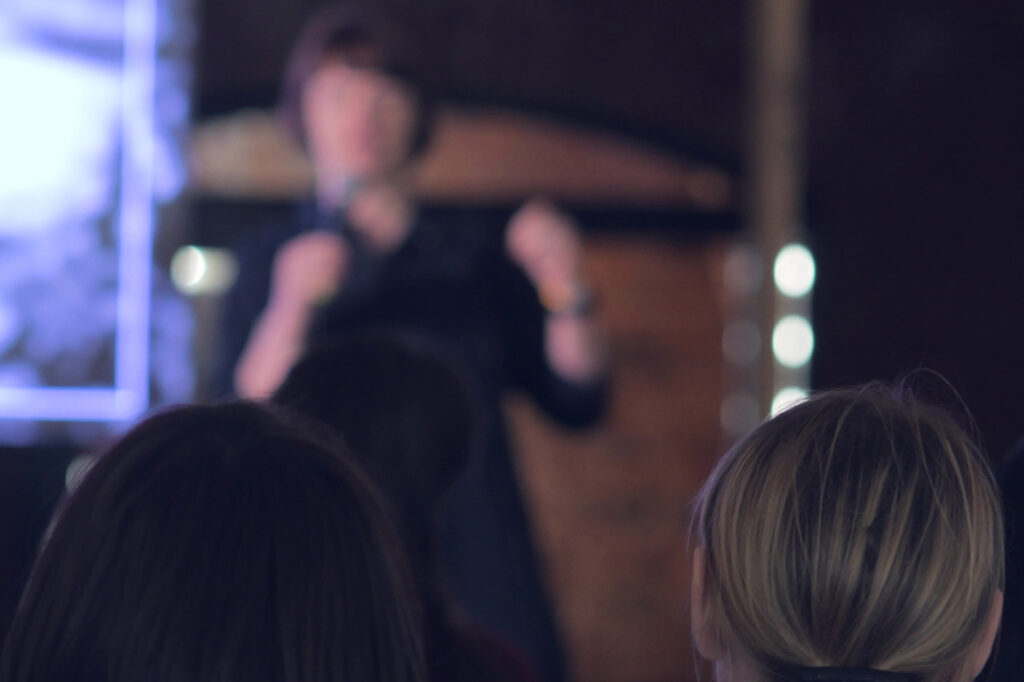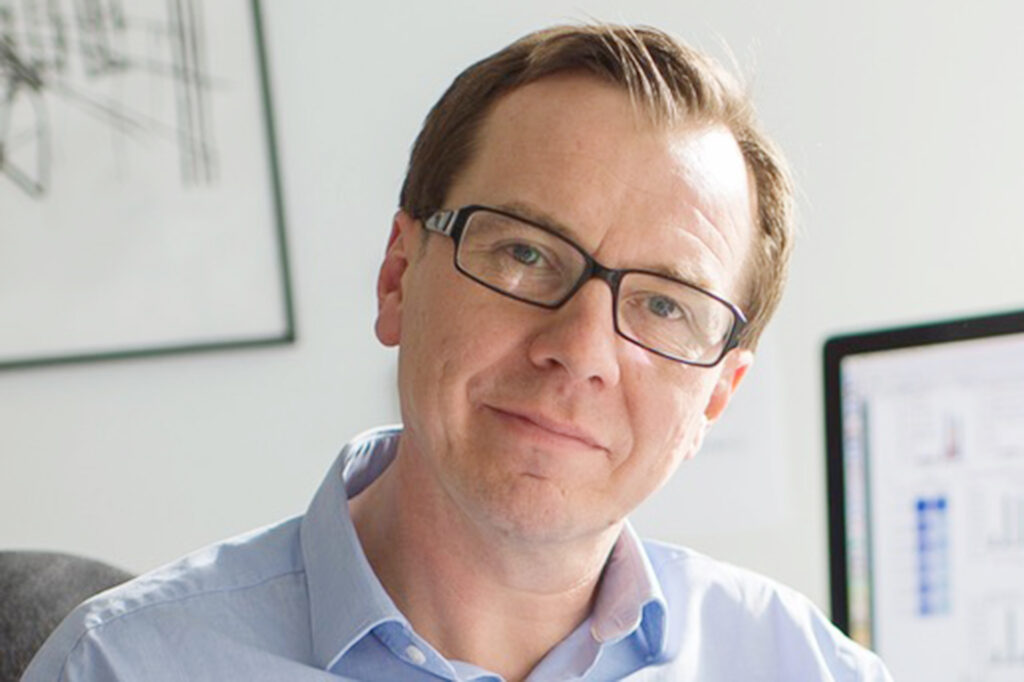Science communication under pressure in the post-truth era
Even science communication must adapt to the “post-truth world”. A study now has to prove its significance amidst the pressures of politics and superlatives, whilst still maintaining its credibility. The spirit of the times is characterised by the politicisation of even unexpected things.
Jukka Westermarck, Director of Research at the Turku Bioscience Centre, has kept up with the discussion on the usefulness of science. Everyone knows the arguments that have to do with the wasting of tax funds and uncompromising scientific freedom. The discussions mainly highlight problems, not solutions. Westermarck encourages all parties to take a look in the mirror. This also goes for those doing and funding research.
Although there has been a lot of talk about communication of research to the general public in Finland, there has been little in the way of tools for this.
“The bar should be raised. Researcher training could perhaps include more guidance with respect to the matter.”

The key purpose of the public description of research is to clearly explain what new information the work in question produces and what significance it has. In Westermarck’s opinion, presentation should not be overloaded with unnecessary highlighting of one’s own brilliance or learnedness with, for example, the use of insider terminology.
There is even less sense in causing purposeful annoyance during presentation.
“When presenting information, it’s not a very smart idea to use terms that everyone knows are loaded. Funders could also address unclear public descriptions before their publication.”
The presentation of a study may take off in the wrong direction
Media targeting a large audience need proper headlines, which is often a problem for those conducting research. The presentation of the result often remains a whisper that no one hears. Catching the attention of the public is often particularly difficult for basic research, where even important findings can get drowned out.
However, it is also not good if the presentation of the work takes off in the wrong direction in the media.
Westermarck knows this type of phenomenon all too well. There was a cancer-related study, the presentation of which was sent to the media.

“We tried to make it expressly clear that no new medicine was created in the study. However, the message was distorted to the contrary.”
“The presentation had been changed to be more commercial, which resulted in the phone ringing and emails flooding with questions about whether the new medicine was already available.”
According to Westermarck, the lack of attention to science is reflected in how little the mainstream media reports on awards in the industry. Even when the findings are highly significant and also have economic value, they are not often enough presented to the general public. Recognitions related to culture, sports and arts, for example, are much more well-known.
It doesn’t have to be this way. Scientific journalism could change the situation by presenting stories related to the research and telling about the people involved in the findings.
“Behind scientific achievements, there are often people, stories and twists and turns that could be of interest to a wider audience.”
Ideological labeling made easy
In the 1970s, the Finnish population received vaccinations against polio, which did not arouse many fervent emotions. With COVID-19, the situation was different. Where vaccination campaigns had previously been regarded as tedious processes, they had now become a semiotically charged battlefield, with a person’s attitude towards vaccination signalling the person’s mental landscape also in a broader sense.
This phenomenon can be a real minefield for researchers. A research topic can already link a researcher to an “ideological cluster” that bundles unrelated themes together.
Westermarck, who himself has encountered this issue in the field of politics, urges researchers to exercise caution.
“The cost of these types of associations can be high.”
Threshold too high
The impact required of research often also requires communication to decision-makers and companies, i.e. lobbying.
As an active author and influencer, Westermarck considers communication to the general public to act as laying of the groundwork.
Taking practical projects to the finish line usually also requires direct contact with decision-makers. For example, with Members of Parliament who need to be made aware of the importance of the project through personal interaction.

“After this, the MP can take the matter to the ministries. This will not happen unless the MP has first been briefed on the subject.”
Companies can also be essential partners in practical projects. While they cannot directly influence social governance, they often have lots of resources to implement the things they want to.
Westermarck views business operations as an indispensable tool for the practical utilisation of the results of scientific work.
“For example, a pharmacotherapy target identified as a result of research work only translates itself into a medicine that can be used in practice through business activities.”
Deteoriated reliability of the internet
The scientific community is now also forced to adapt to the changing of the internet as a result of AI. When it comes to communication, one obvious challenge is identifying false communication. In Westermarck’s opinion, researchers’ readiness in this regard should be strengthened already during education.
“On the other hand, new tools can also improve the identification of plagiarism, errors, lies and computer-generated content.”
Although nobody can see the future development of the internet yet, its reliability has been put into serious question at the moment. In a hazy environment, direct personal contacts will likely become even more important in the future.
“Researchers’ contact details are public precisely to make it possible to contact us directly when necessary.”
However, it remains to be seen to what extent the supply of direct connections will meet demand.
“Due to phishing calls, I too have become more reluctant to answer calls from unknown numbers.”
But you shouldn’t go too far in this way either.
“On the other side, open meetings with unknown researchers have also yielded significant, positive results.”

The challenges of our time
- Science needs communication, not showing off
The significance of a study is only revealed if it is clearly communicated without the use of insider terminology or intentional provocation. - Increased risks of politicisation
In the current climate, a research topic can become part of an ideological cluster, and this can affect the researcher’s status and funding. - Impact requires interaction
Science cannot be put into practice without contact with decision-makers and companies – public communication alone is not enough. - Post-truth society also poses challenges online
In the age of artificial intelligence and false communication, researchers must be able to identify false information and defend reliability.

